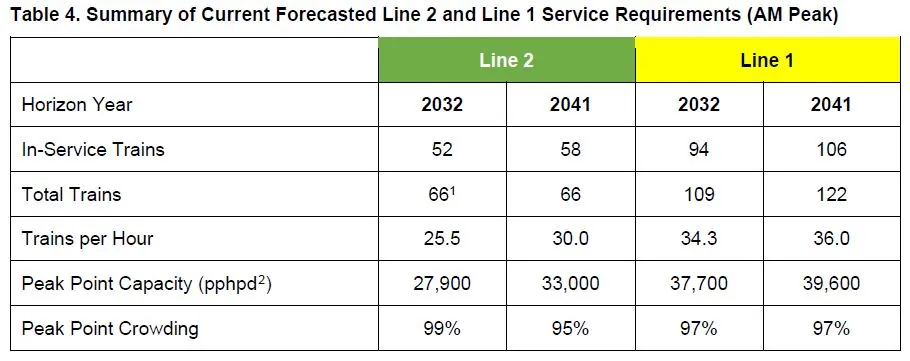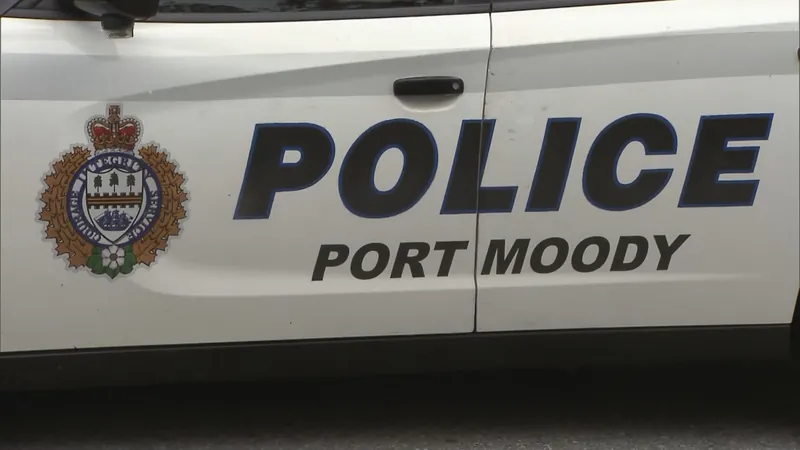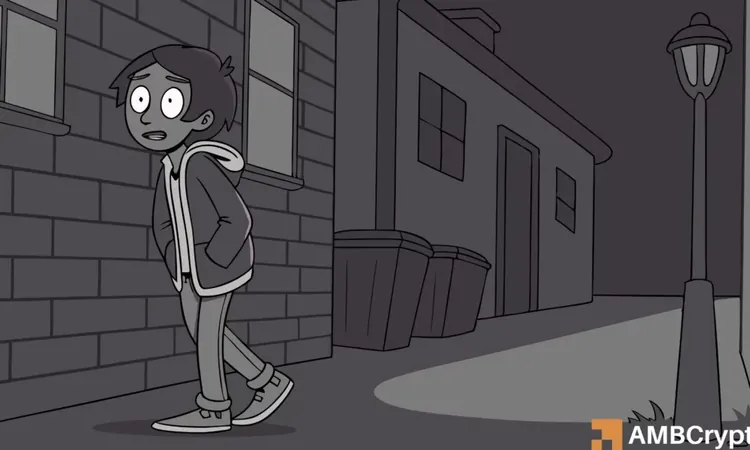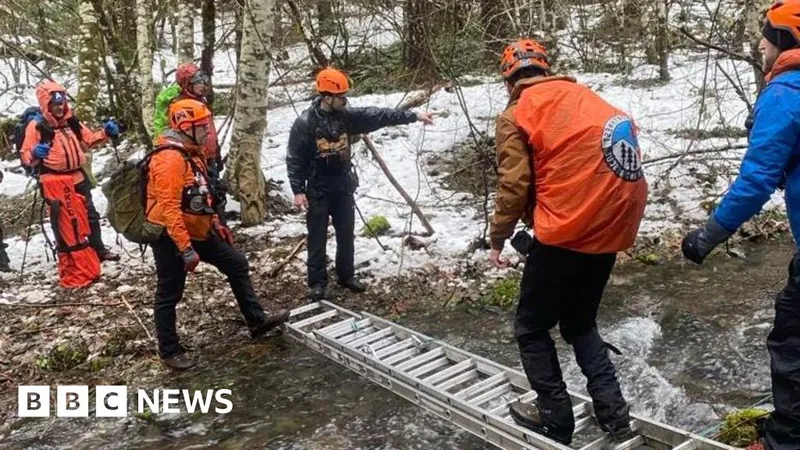
TTC Launches Game-Changing Proposals for Line 2 Trains and Advanced Signaling System!
2024-12-30
Author: Michael
Major Developments Ahead
These two projects are interconnected: the implementation of Automatic Train Control (ATC) for Line 2 hinges on procuring a new fleet of trains. While both projects can be executed simultaneously, the new ATC system won’t deliver its full benefits until the aging fleet of T-1 trains is replaced.
To keep the current T-1 fleet operational into the 2030s, the TTC plans to conduct a major overhaul even as new trains are rolled out. The RFP for new trains includes provisions for additional cars, essential for the extensions of Lines 1 and 2 and boosting service on Line 1, which could potentially delay the transition to ATC on Line 2 due to intertwined delivery timings.
The Future’s Fleet: More Capacity and Better Service
With the demand for increased capacity on Lines 1 and 2, TTC's modernization efforts face constraints linked to the availability of fleet and infrastructure. According to projections, the full cutover to ATC on Line 2 is anticipated for 2035. This timeline raises concerns as it does not align with the expected demand growth in Toronto’s transit system.
The RFP for new trains is intended for a diverse pool of bidders; however, government statements hint at potential favoritism towards Thunder Bay-based companies, particularly Alstom, raising questions about the bidding landscape. The new train designs not only aim to replace the current fleet but also may include future replacements for the Line 1 TR fleet, extending through the years 2039 to 2047.
The Signaling Revolution: Separating Technology and Operations
The simultaneous bid for the Line 2 ATC system will introduce an independent signaling technology that will require unique vendors. This could create operational challenges since trains from Lines 1 and 2 will utilize distinct ATC systems, making interoperability nearly impossible. It begs the question: what impact will this have on efficiency across the network?
TTC is determined to equip work cars with the necessary technology to interact seamlessly with either Line 1 or 2 systems, aiming for effective dual-operation capabilities. However, the complexity of integrating various technologies is yet to be fully addressed.
A Daring Vision for the Future
With the TTC exploring improvements to service frequency, current limitations suggest that maximum headways may pose serious capacity issues, particularly during peak hours. Aiming for a dramatic increase in efficiency and capacity, the ATC RFP sets ambitious performance requirements; yet, it remains unclear if current infrastructure can support these new demands.
The ongoing Scarborough Subway Extension will initially employ a conventional block signaling system but will transition to the proposed ATC in the future, albeit under a separate timeline. The implications of this phased rollout raise additional questions about service reliability and integration.
Funding and Expansion Challenges Ahead
Funding remains one of the biggest hurdles: the TTC has requested financing beyond the base order of 70 new cars, which includes 55 for Line 2 and 15 for the Scarborough and Yonge North extensions. Without secured funding, ambitious timelines may need reconsideration.
Looking toward 2041, the demand forecasts indicate that Line 2 will require a total of 66 new subway trains while Line 1 will need 122. These projections underline the urgent need for the TTC to innovatively manage capacity planning to meet growing transit demands.
In conclusion, Toronto's subway modernization project signals a significant upgrade for commuters, but the path ahead is laden with complex challenges, funding uncertainties, and the intricate balance of operational demands. As the TTC sets its sights on this ambitious future, one thing is clear: the enhancements to Line 2 will be a game changer for transit in Toronto! Buckle up, Toronto — the future of transit is arriving!









 Brasil (PT)
Brasil (PT)
 Canada (EN)
Canada (EN)
 Chile (ES)
Chile (ES)
 España (ES)
España (ES)
 France (FR)
France (FR)
 Hong Kong (EN)
Hong Kong (EN)
 Italia (IT)
Italia (IT)
 日本 (JA)
日本 (JA)
 Magyarország (HU)
Magyarország (HU)
 Norge (NO)
Norge (NO)
 Polska (PL)
Polska (PL)
 Schweiz (DE)
Schweiz (DE)
 Singapore (EN)
Singapore (EN)
 Sverige (SV)
Sverige (SV)
 Suomi (FI)
Suomi (FI)
 Türkiye (TR)
Türkiye (TR)